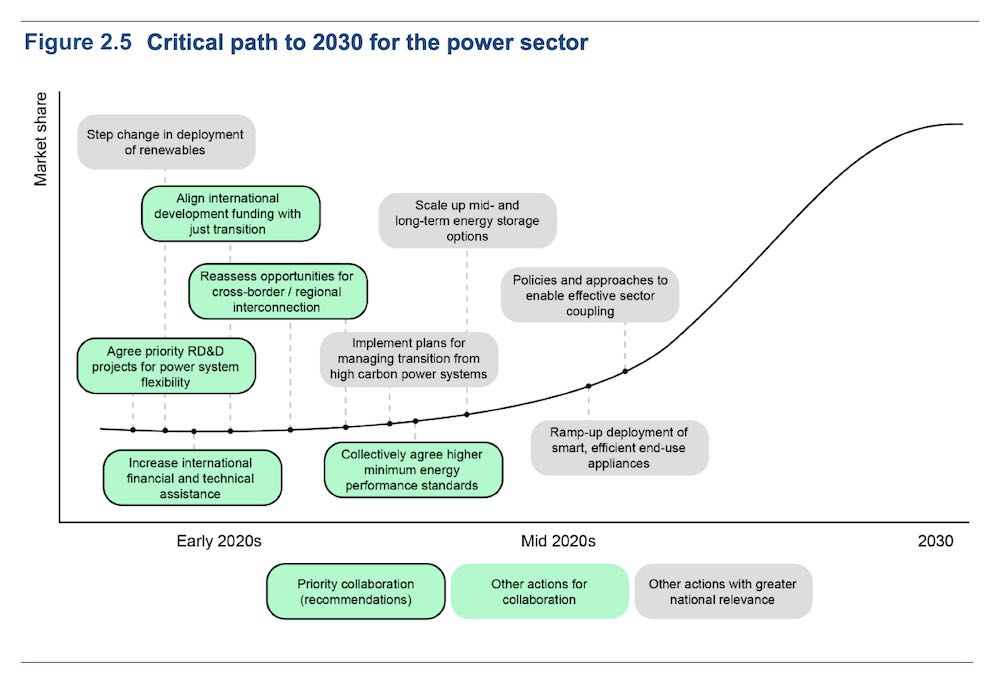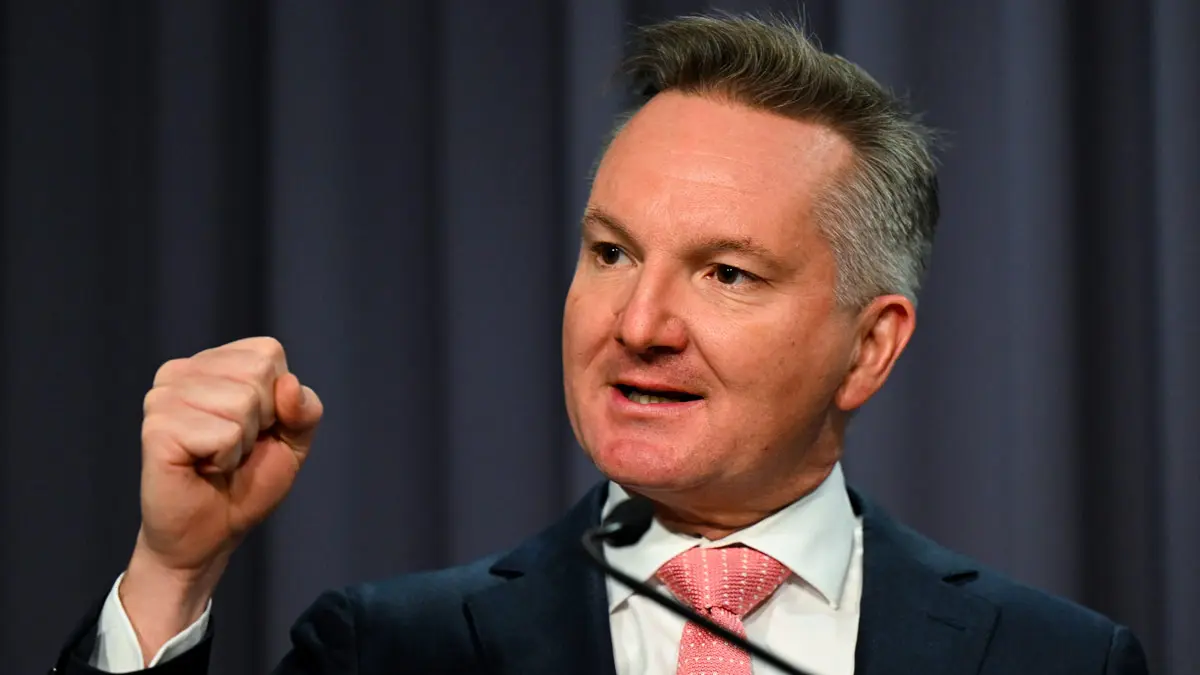Australia’s energy minister Chris Bowen made a rousing speech on Tuesday night in New York, where he is attending the 77th meeting of the UN General Assembly – a meeting where climate action is top of the agenda.
Delivering a keynote address at an American Australian Association benefit dinner, Bowen, too, put the focus on climate action and on the potential for the Albanese and Biden governments to collaborate, and “do even more” together.
“In Australia we’re working towards 82 per cent of our electricity coming from renewable energy by 2030,” Bowen said, noting also the passage of the Labor government’s law requiring a 43 per cent reduction in carbon dioxide emissions by 2030 on 2005 levels.
“No challenge is bigger than climate change, and our respective governments are completely aligned in our approach to the biggest challenge facing us.
“To be frank, it has been difficult for Australia to play a constructive role, let alone a leadership role in international climate discussions when we have been too focused on domestic debates over climate for the last decade. That period is over. Australia is back.”
But to be really frank, the time for celebrating Australia’s long overdue political shift on climate action is also over – or at least it should be. It’s time, now, to walk the talk – or maybe run.
The fact is, Australia is well behind on a number of key measures in the fight against dangerous global warming, according to a major new report by the International Energy Agency (IEA), the International Renewable Energy Agency (IRENA) and the UN Climate Change High-Level Champions.
The inaugural report – requested by 45 world leaders at COP26 as part of the Breakthrough Agenda, to which Australia is a signatory – assesses progress on reducing emissions in five key sectors – power, hydrogen, road transport, steel and agriculture.
And the comprehensive report’s main conclusion is that the world remains “far off track” to meet internationally-agreed climate change goals set in place to limit global warming to no more than 1.5°C.
In the power sector, the report notes that globally, this still accounts for around 13 GtCO2 e, or 23% of total emissions – a share that has risen by around 10% since 2010.
The report says that number needs to fall by more than 50% by 2030, which means is that emissions from the power sector should fall by around 8% each year to 2030.

In Australia, the latest National Greenhouse Gas Inventory Quarterly Update showed a reduction in electricity emissions from the national grid of just 3.1% on the previous year, while overall emissions in the year to March 2022 were up by 1.5%.
The Albanese government’s legislated emissions target is an improvement on the previous government’s super low bar, but it needs to aim higher to be in keeping with the Paris targets. And it needs to be clear on the prospects for fossil fuels in the country.
As RenewEconomy has reported, Labor’s commitment to net zero was called into question fairly soon after it was cemented, following the announcement by minister for resources Madeleine King of 46,000 square kilometres of new oil and gas exploration.
And minister King has summoned ghosts of climate deniers past with talk of gas “enabling” greater use of renewables and by calling for a balanced approach to “how we think about carbon dioxide.”
Another key decarbonisation metric where Australia lags worryingly behind – in a global context that is also well behind the pace – in is transport.
As the Breakthrough Agenda report notes, the global road transport sector accounts for around 6 GtCO2 e, or 10% of total emissions – a share that has risen by 13% since 2010.
“Transport has the highest level of reliance on fossil fuels of any sector today, which supply about 95% of its final energy demand,” the report says.
“It accounts for more than 20% of global energy-related direct CO2 emissions, and produces a significant share of air pollution and related threats to public health.”
The report says that while progress on zero emissions vehicles (ZEV) is accelerating, it falls short of what is needed to put the world on a Paris aligned pathway.

To remedy that, the report says 20-25% of the global vehicle fleet needs to be zero emissions by 2030 – as opposed to the 1%, which is where it was at in 2021.
And on new car sales, the report says that by 2030, about 60% of new cars sold will need to be zero emission, up from around 9% in 2021.
This will require strong policies – including vehicle emissions standards – and firm ambitious targets, the report says. At a federal level, both are still lacking in Australia.
The report notes that if major markets align their policies with 100% ZEV sales by 2035, cost parity between ZEVs and ICE vehicles could be reached several years earlier than currently forecast.
So there’s something to aim for.
Bowen, in his speech in the US, recognises that action on climate is urgent – an acknowledgment whose importance can’t be downplayed after nearly a decade of Coalition governments downplaying or just flat out ignoring the issue.
But as UN secretary general Antonio Guterres put it in a speech to the Global Compact Board on Sunday, “Lip service won’t do. We need credible actions and accountability.”










